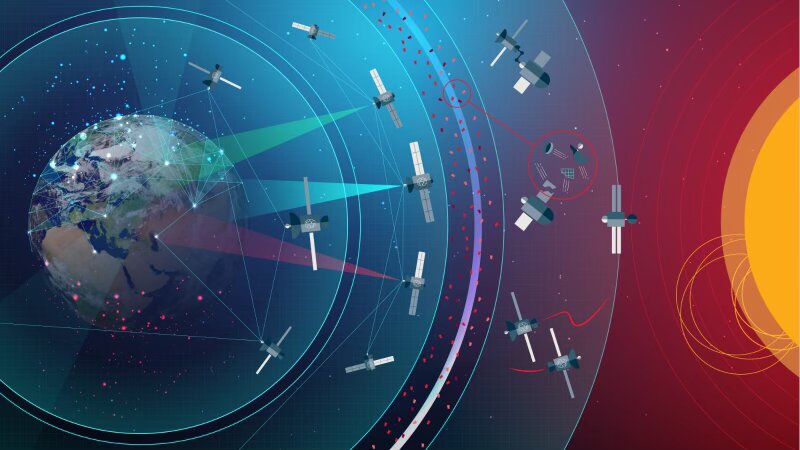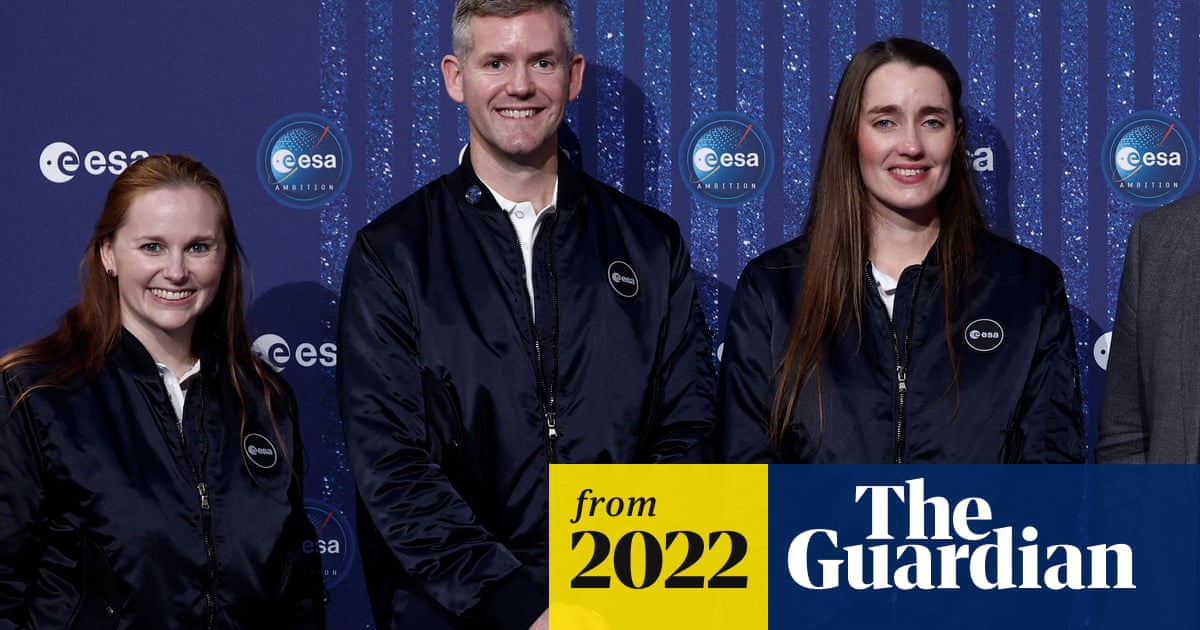Rhinocrates
ACCESS: Top Secret
- Joined
- 26 September 2006
- Messages
- 3,058
- Reaction score
- 7,805
While it's the 'European Space Agency', ESA is not to be confused with the European Union, so it includes the UK - represented by the UK Space Agency (UKSA). Certainly it's very much looser than NASA or any national space agency. Nonetheless it has its own aims and aspirations. For a snapshot of its latest vision, adopted unanimously on 19 November 2021 at ESA’s Intermediate Ministerial Meeting in Portugal, see:
 www.science.org
www.science.org

 www.euractiv.com
www.euractiv.com
Key features: independent European crewed access to space, sample return from ice moons of the outer planets as part of the search for life.
Science | AAAS

The Matosinhos Manifesto: Accelerating the use of space in Europe - Euractiv
The European Space Agency has taken a giant leap in launching the Matoshinhos Manifesto that will accelerate the use of space in Europe and tackle the urgent and unprecedented challenges faced by Europe and its citizens. Today, as a resolution, it was unanimously approved by the Council of...
Key features: independent European crewed access to space, sample return from ice moons of the outer planets as part of the search for life.

